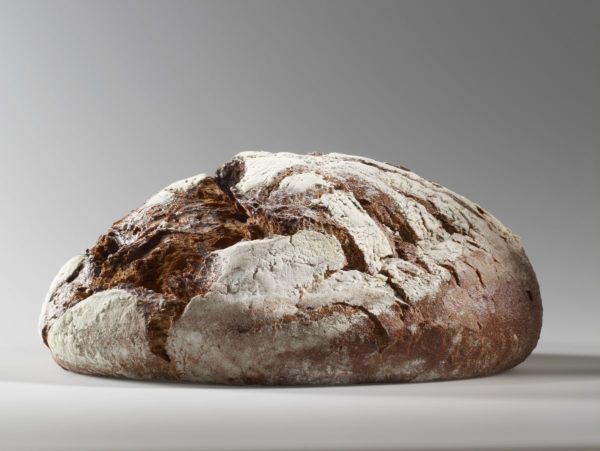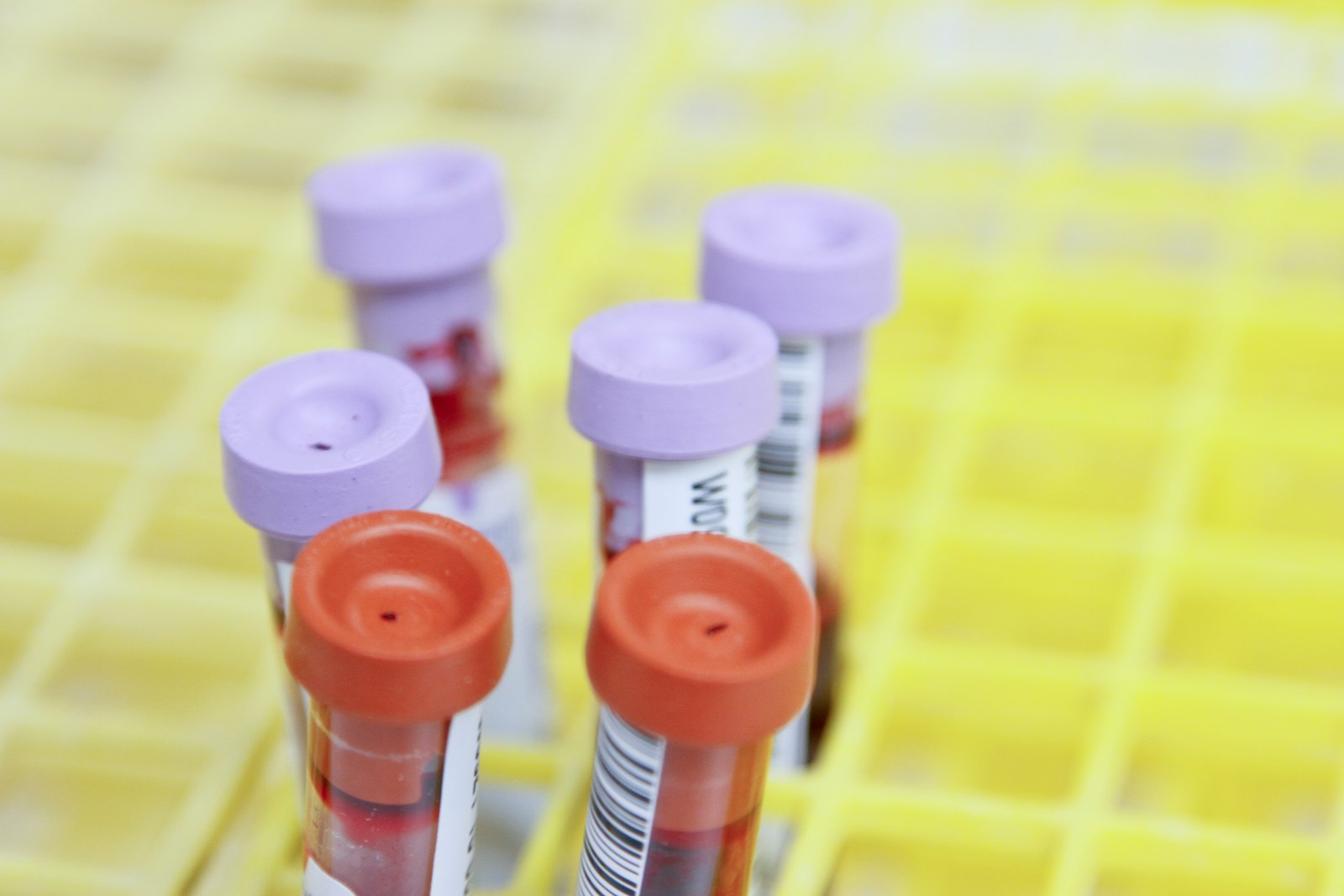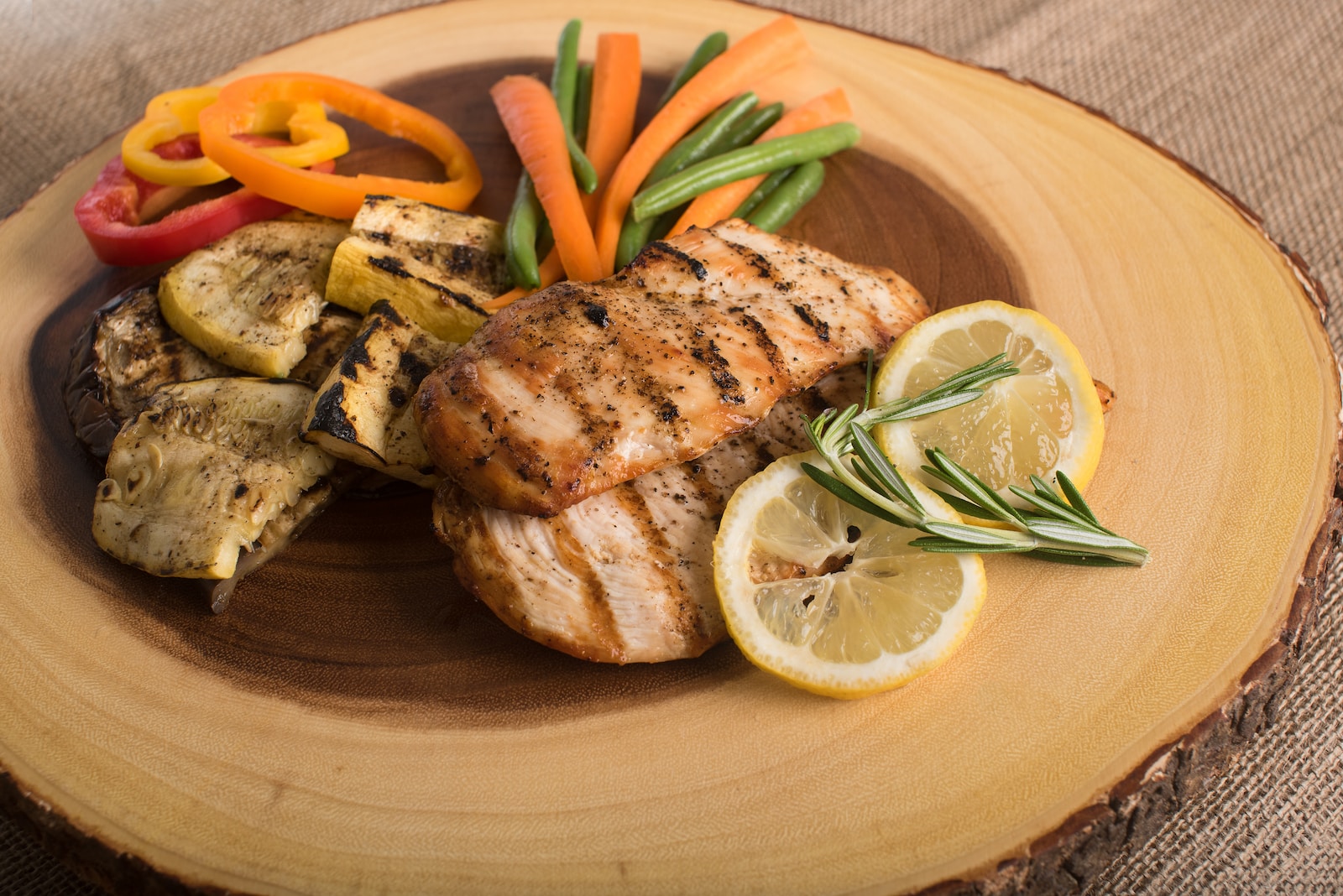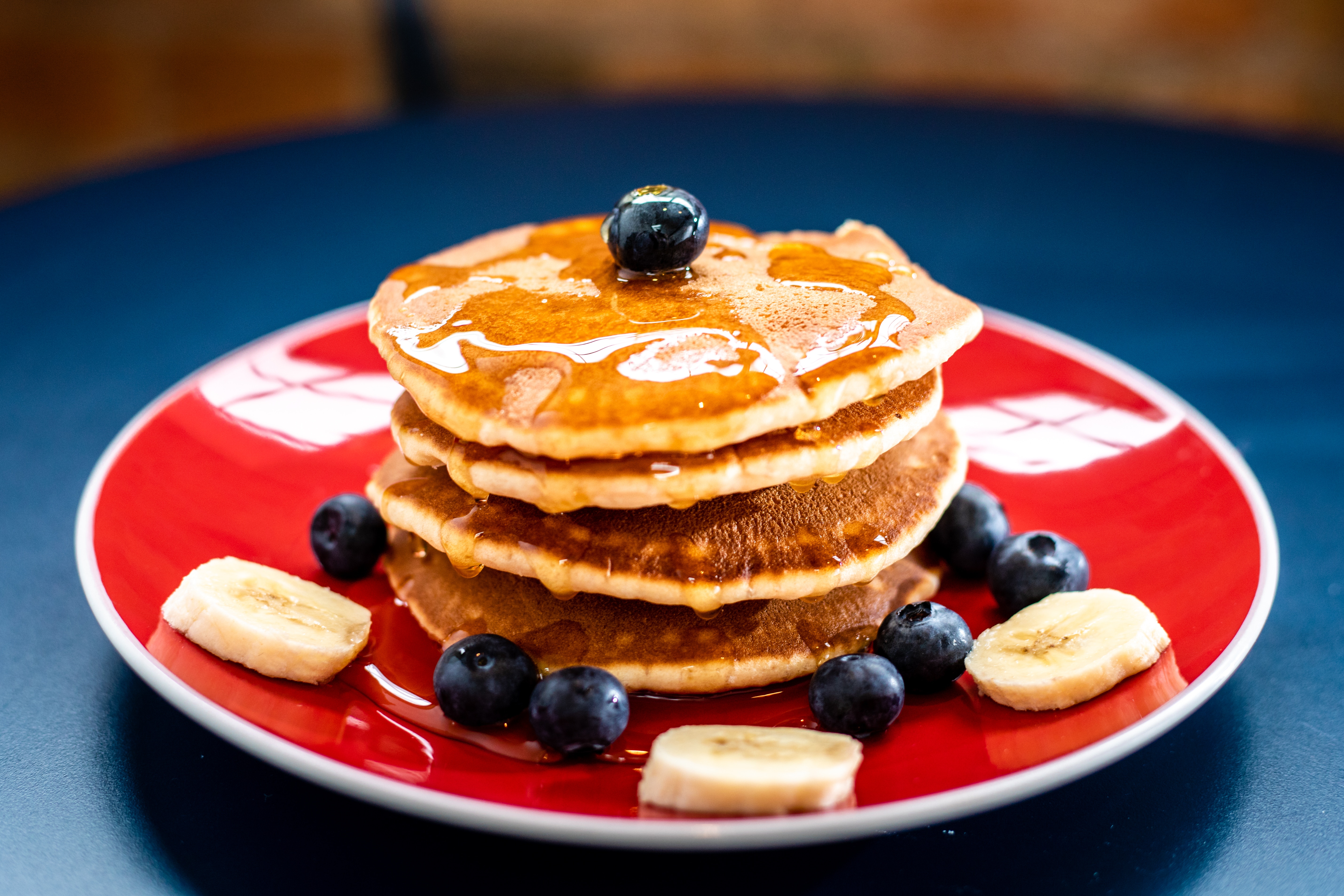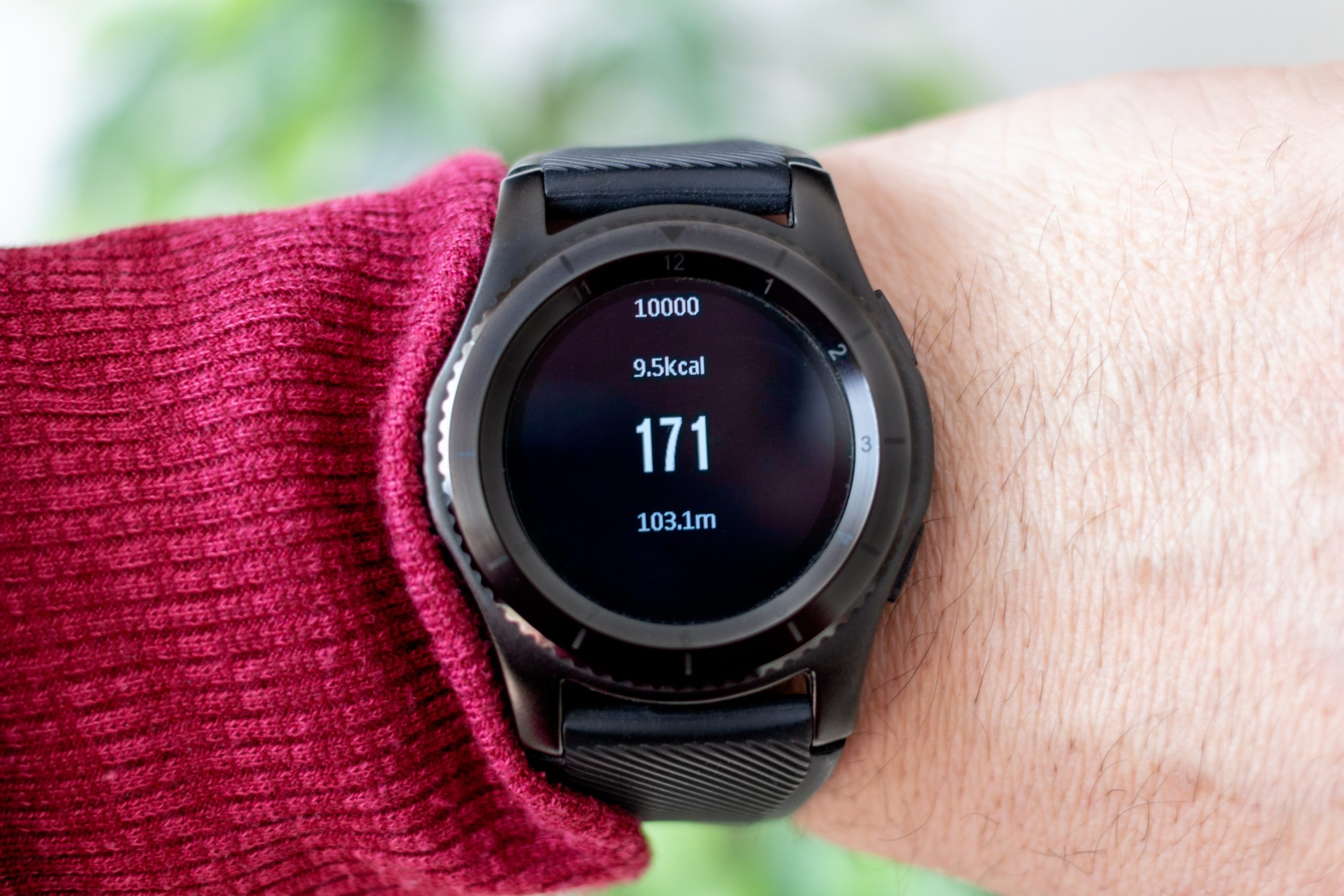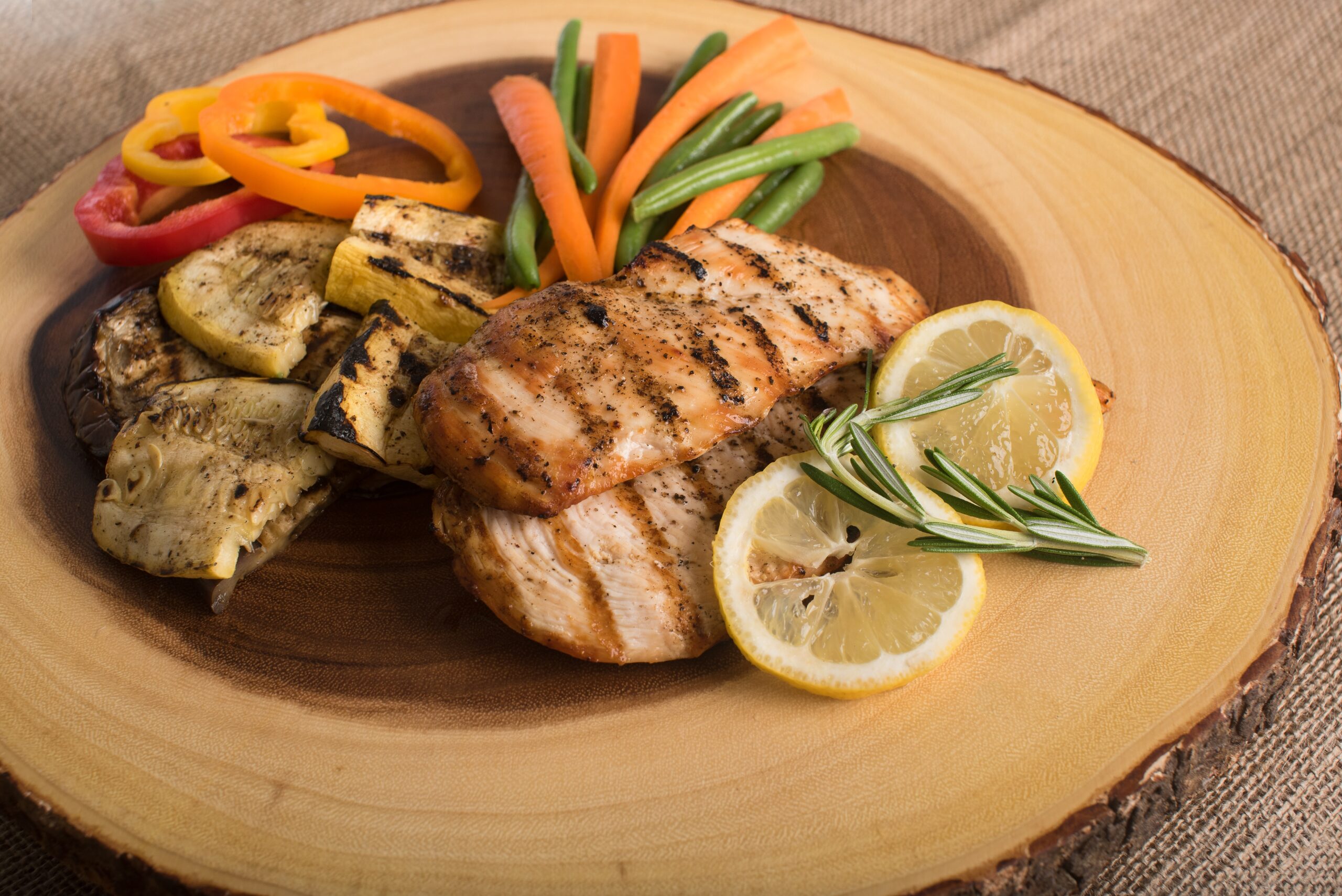Reduce Inflammation with Foods, Not Pills — A Guide for Athletes

Reduce Inflammation with Foods Reduce Inflammation with Foods Reduce Inflammation with Foods
There’s no denying that endurance triathletes put themselves through intense training loads—all for a good cause, of course, but at what health cost? The purpose of a heavy training load is to improve aerobic endurance, muscle adaptation, and strength, but it also increases oxidative stress, better known as inflammation. Many people don’t realize how much they can reduce inflammation with food!
Inflammation is a bit of a buzzword in health these days but in reality, it’s simply the effects of stress on your body. In addition, to the micro-traumas of the connective tissue, muscles, and joints, that occur during exercise (allowing the body to adapt and improve fitness over a consistently executed, well-planned training cycle), the body releases cortisol, the most prominent stress hormone. All of these natural responses have their place, but without the proper recovery, sleep, and nutritional support, the inflammatory response can persist over time, and lead to injury or illness.
The market is flooded with tools to reduce inflammation and oxidative stress, and it’s easy to throw money at the feel-good quick fixes. Truth be told, the most powerful antioxidants have been right under our nose all along, and they won’t cost you a fortune. In fact, some are probably in your kitchen right now.
Refuel right: It sounds like a no-brainer, but you’d be surprised how many athletes skip the post-training recovery fueling window because they don’t understand its value, aren’t hungry, or plan to eat later.This is a costly mistake. Refueling within 30-45 minutes increases blood flow to the muscles, makes muscle cells more sensitive to the effects of insulin (thus muscle and liver glycogen repletion rate increases), improves the muscular net protein balance, reduces cortisol levels, and offsets late-day cravings.
How to: Aim for a protein/carbohydrate combination of 0.25-0.30g protein/kg and 1-1.2g/kg body weight. If you can, it’s best to go with a high-quality protein source containing the BCAA leucine (think dairy, meat, eggs, whey protein powder, nut butter on sprouted grain bread) to maximize protein synthesis. For example a 150 lb. athlete would need 17-20g protein and approximately 68-80g carbohydrate (simple sugar is recommended here for faster absorption).
For example:
- 12oz low-fat chocolate milk (12g Pro, 39g Cho)
- ½ Bagel (Thomas bagel – 4.5g Pro, 26.5g Cho)
- 1 TBSP Nut Butter (3-4g Pro, 6g Cho)
- (19.5g Protein, 71g CHO)
OR
- 5.3oz Greek Vanilla Yogurt
- ½ cup granola,
- 1 medium banana
- (20g Pro, 70g CHO)
OR
- 1 string cheese
- 1 apple
- ¼ cup pretzels
- 2 TBSP peanut butter
- (20g Protein, 70g CHO)
Up the antioxidants: Before rifling through your medicine cabinet, try these naturally rich-in-antioxidant foods to speed recovery, boost tissue repair, and reduce muscle soreness. Be advised, however, that consuming generous amounts of antioxidants right after a hard workout actually works against the beneficial effects of a training session and blunts the muscles’ ability to restock glycogen and repair tissue. It’s best to wait at least two hours and even up to four or five hours once the acute recovery period has passed.
Vitamin C: A powerful antioxidant that boosts tissue repair and helps flush muscles of lactic acid.
-Best Sources: pineapple, guava, oranges, strawberries, kiwi, green and red peppers, raspberries, blueberries, blackberries, papaya, broccoli, tomatoes, and tart cherry juice
Vitamin E: Increases blood circulation and helps clear creatine phosphokinase (CPK), which, during strenuous training, seeps into the bloodstream.
-Best Sources: nuts/seeds, vegetable oils, wheat germ
Vitamin D: Reduces inflammation and regulates the immune system.
-Best Sources: fatty fish, liver, fortified milk products, cheese, egg yolks, fortified cereals, and sunlight
Flavonoids: Widely known for immune system regulation, antioxidant and anti-inflammatory properties, as well as the vibrant color it contributes to the foods we eat.
-Best Sources: Fruits, vegetables, nuts, black and green tea, red wine, romaine lettuce, tomatoes, garbanzo beans, almonds, sweet potatoes, quinoa, dark chocolate.
Co-enzyme Q10: Protects against lipid peroxidation and regenerates vitamins C and E.
-Best Sources: meat, fish, nuts and vegetable oils
Omega 3 Fatty Acids: Reduces inflammation and helps increase blood flow.
-Best Sources: fatty fish (salmon, tuna, mackerel), walnuts, flaxseeds, and chia seeds.
Spice it up:
While you’re at it, stock your pantry with these herbs and spices. Not only will your taste buds thank you, so will your body. Rich in anti-inflammatory and pain-reducing properties, they pack a flavorful punch to your meals.
- Ginger (fresh is best)
- Cloves
- Oregano
- Cayenne pepper
- Turmeric
- Sesame Seeds
Catch some zzzzz’s
My dad used to tell me, “Nothing good happens after midnight.” That’s good advice not only for college students but also for committed athletes. Biological disruptions caused by too many intense workouts, a poor-quality diet and lack of quality sleep result in elevated stress hormones (cortisol), low growth hormone, systemic inflammation, low feel-good neurochemicals (serotonin), and muscle breakdown.
Try to turn in an hour earlier than you intend to fall asleep with a book (not electronics), with the goal to get in bed and wake up at the same time each day. Once you wake up refreshed, that’s how you’ll know how many hours of sleep per night you need during your heavy training phase to properly recover, reduce inflammation by accelerating muscle repair, and achieve optimal fitness gains from your training.
By implementing these anti-inflammatory guidelines with consistency in your daily routine, you’ll notice you feel better and less sore the day after grueling endurance workouts, stronger for the next big training session, improved daily energy thus sunnier outlook, and decreased late day cravings. All because you are giving your body what it needs to adequately recover and adapt.
Reduce Inflammation with Foods Reduce Inflammation with Foods Reduce Inflammation with Foods


